Removing stitches!
maryanntx
18 years ago
Related Stories
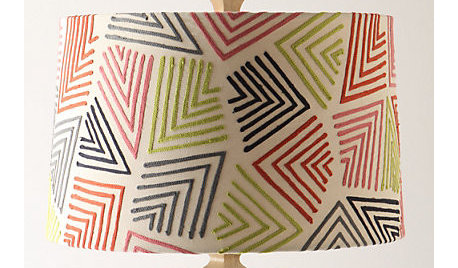
PRODUCT PICKSGuest Picks: Stitched to Perfection
A few stitched details add beauty and charm to these 19 home accessories
Full Story
STUDIOS AND WORKSHOPSA Stitch in Time: Creative Sewing Spaces
Sewing rooms have become popular again as people of all ages embrace simple crafts they can do at home
Full Story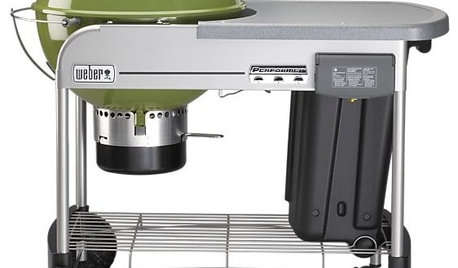
Guest Picks: Made in the U.S.A
Ellen of Nouveau Stitch Finds Great Home Decor Products Made in America
Full Story
HOUZZ TOURSHouzz Tour: Edwardian Flat Opens Up for More Light and Better Flow
Removing 7 walls and adding clerestory windows brighten this 1905 San Francisco home and propel it into modern times
Full Story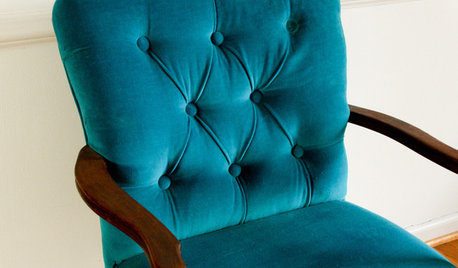
DIY PROJECTSHow to Replace a Button on a Tufted Chair
Fix a popped button on a tufted chair back with this upholstery teacher's step-by-step tutorial
Full Story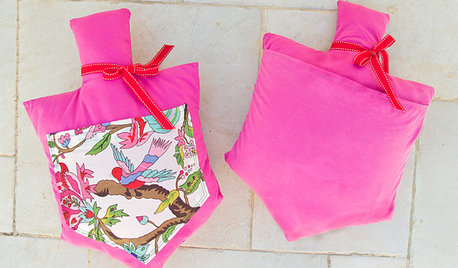
HOLIDAYSDIY: Make a Darling Dreidel-Shaped Pillow With a Pocket for Surprises
Give every room in your home a festive touch this Hanukkah with this simple sewing project
Full Story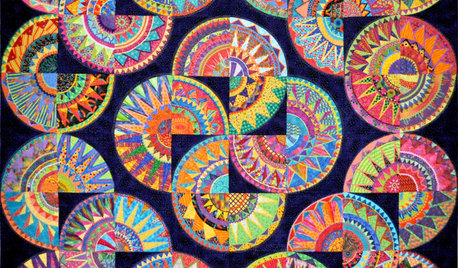
ARTShow News: Rare Quilts Get Museum Time
See 6 intricate designs from a California exhibition and get tips for building your own quilt collection
Full Story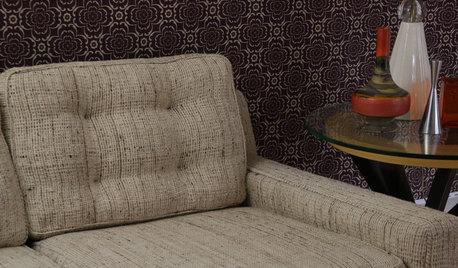
UPHOLSTERYFurniture Clinic: End the Curse of Slouchy Couch Cushions
Prolong the life of your couch with this inexpensive fix that’s so easy, even a beginning sewer can do it
Full Story
KITCHEN STYLESNew Southern Style for the Kitchen
Gracious tradition is alive and well, bless its heart, but Southern kitchens are welcoming in modern updates too
Full StorySponsored







Red_Confetti
maryanntxOriginal Author
keepeminstitches
stitchntime9
joansews4u
Naomi_Creasey
Naomi_Creasey